Onions: definition, how to grow them, diseases, care for them
Introduction to onions
Onion (Allium cepa), a biennial herbaceous plant grown for its edible bulbs.
- Onions contain compounds that fight inflammation, cholesterol, and cancer, and antioxidants such as Quercetin, which is a flavonoid.
- It also contains important mineral salts necessary for building the body, such as sodium, calcium, phosphorus, and magnesium
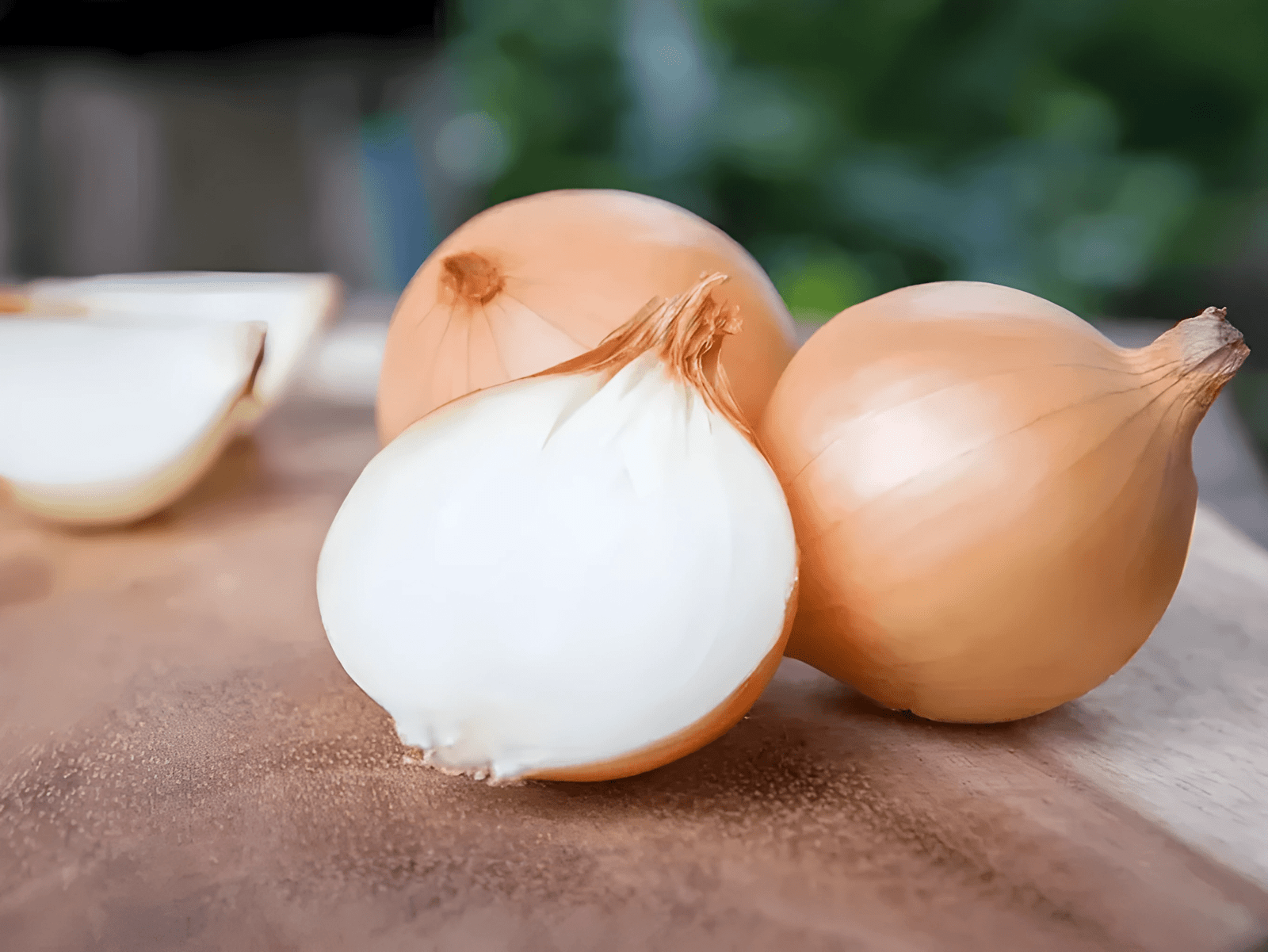
Basic care guide
“Stuttgarter Giant” onions: Produces firm, flavorful, slightly flattened bulbs, suitable for storage.
“Red Baron” onions: A late-maturing, dark red variety that stores well.
“Jetset” onions: an early-maturing, yellow-brown variety that stores well.
'Sturon' onion: A reliable cultivar, it produces delicious, round fruits that store well.
“Troy” onions: Suitable for planting in the fall, and produces delicious yellow-skinned bulbs
- Original home
Asia or its southwest (northern Iran, Afghanistan, and Pakistan).
- Nickname
Its name is derived from the Latin word unus, which means “one”.
Platoon Amaryllidaceae
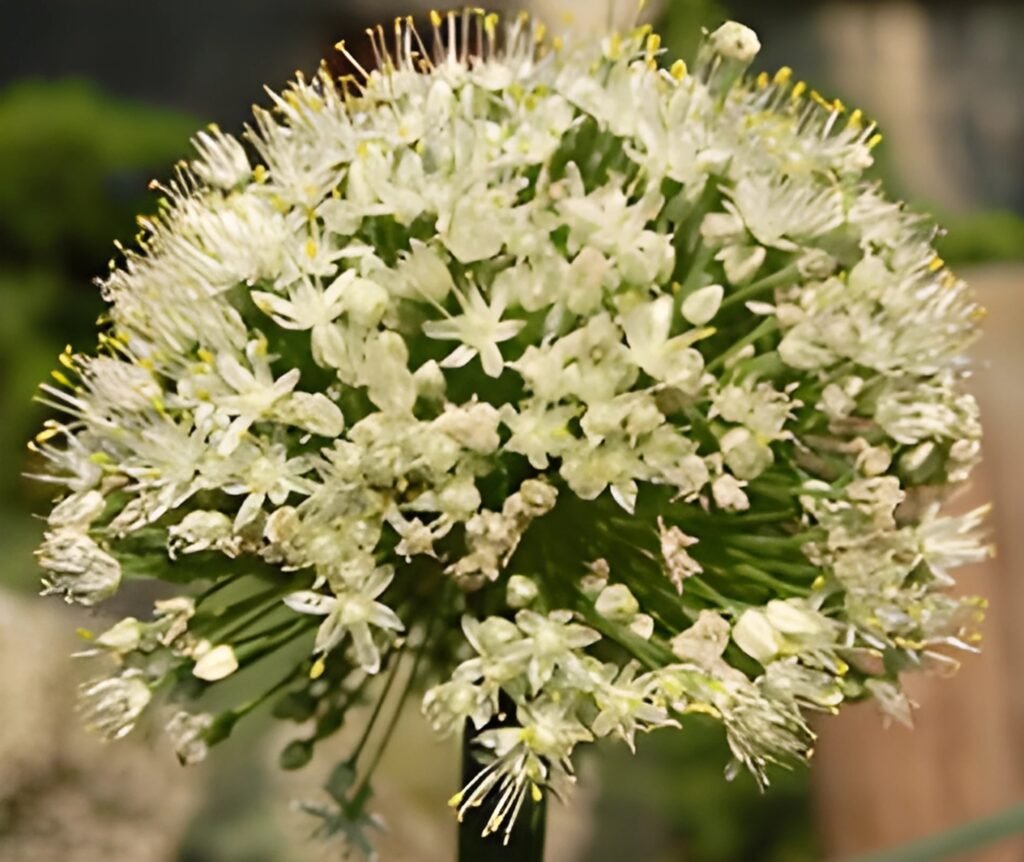
The amount of water needed
- Water the plant well after planting, and regularly afterward, about once a week if there is no rain.
- Reduce watering. As harvest time approaches, monitor the plants carefully – when the onion tops begin to fall off, stop watering and allow the soil to dry before harvesting.
- Sandy soil requires more water than loamy soil; Onions will not grow well in clay soil because it will be too wet most of the time
Suitable living conditions
It can be grown under a wide range of climatic conditions such as temperate, tropical and subtropical climate. Best performance can be obtained in moderate weather without exposure to extreme cold, heat and heavy rain
- Temperatures
Onion seeds need temperatures of at least 40 degrees Fahrenheit to germinate. Ideal growing conditions for onions range from 68 to 77 degrees Fahrenheit
Suitable lighting for him:
Onions need full sun – at least six hours of direct sunlight per day – to grow properly. With onions, the more sunlight the better
The best soil for successful onion cultivation is deep loamy soil with good drainage and the ability to retain sufficient moisture and organic matter.
- In heavy soil, fruits may deform.
Onion crops can be grown successfully in heavy soil with the addition of organic fertilizer before planting, and the preparation of the field for planting onions must be very good.
The optimal pH range, regardless of soil type, is 6.0 – 7.5, but onions can also be grown in moderately alkaline soil.
Onion crop is more sensitive to highly acidic, alkaline, saline soils and waterlogging condition
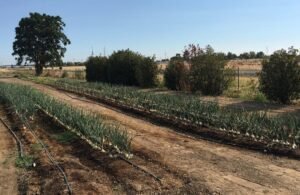
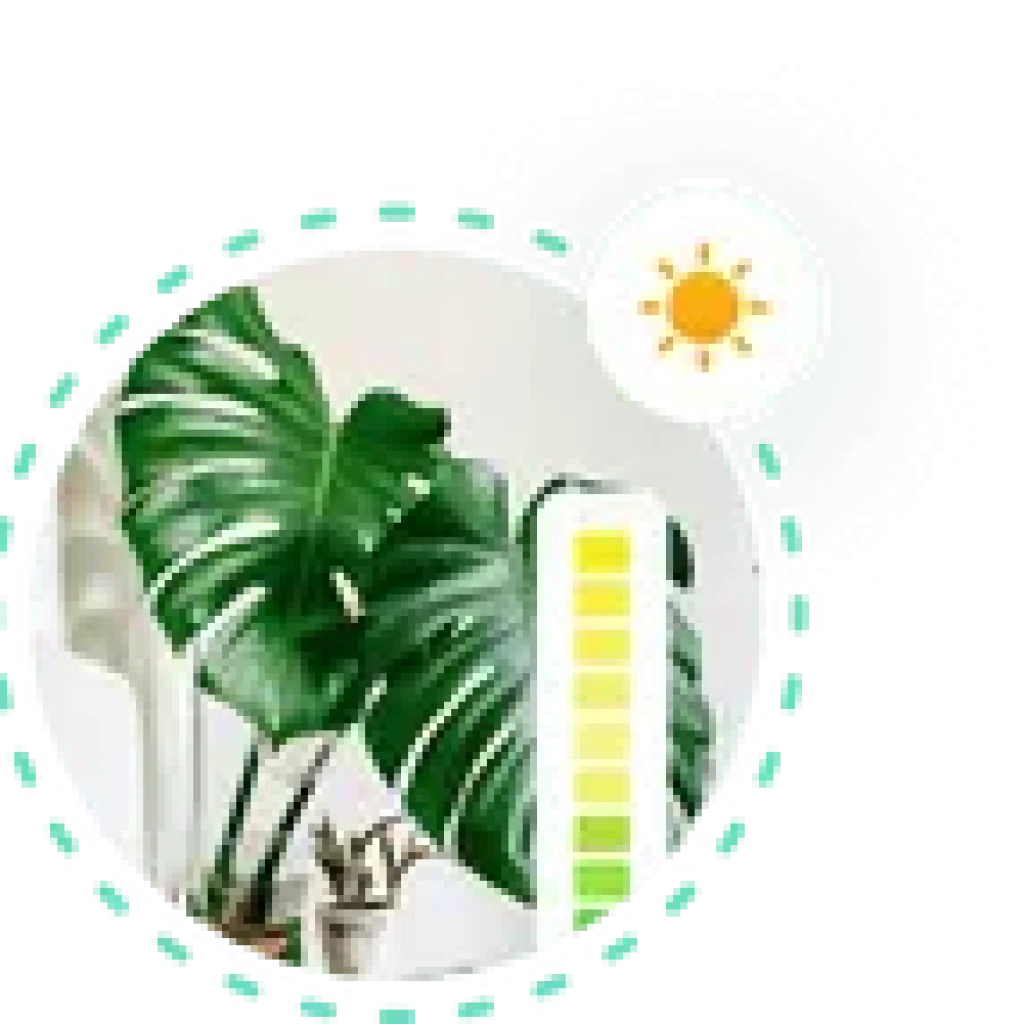
Find out what light your plants are actually getting.
Find the best locations for them to improve their health, simply using your phone.
Fertilization care
- *To determine the amount of nitrogen to apply:
- Step 1: Take 160 pounds (amount needed) ÷ 43,560 (square feet per acre) = 0.0037.
- Step 2: Multiply the square feet of the row per square foot by 0.0037.
(Example: A row 100 inches long and 3 feet wide is 300 square feet x 0.0037 = 1.11 pounds of nitrogen required.)
- Step 3: Divide the amount of nitrogen you need by the N formula of the fertilizer you use. This is the amount of fertilizer that should be applied to every 300 square feet of onion area if there is no N in the soil analysis.
(Example: 1.11 ÷ .21 (21% ammonium sulfate) = 5.3 lbs.)
- Fertilize with ammonium sulfate (21-0-0) if the soil is alkaline, or calcium nitrate (15.5-0-0) if the soil is acidic. If your soil pH is in the optimal range (about 6.0 to 7.0), you won't really need additional fertilizer, but if you want larger onions, apply ammonium sulfate (21-0-0) every 3 weeks.
How to plant seeds
- Plant the seeds in a pot or tray of peat moss. The seeds are small in size, but try to space them about 1 cm apart. Cover it gently with a thin layer of sand.
- Place it in a sunny place and moisturize.
- When the seedlings are a few inches tall, plant the seedlings in the ground at a distance of 10-15 cm from each other.
Pruning
– Sometime between late winter and early spring – or when new growth begins to appear, cut off any damaged or yellowing foliage.
When pruning, be careful not to damage new growth that may appear near the base of the plant. These parts cannot be restored
Any pruning done to this plant should be cut straight across the blades or stems. No need to cut at an angle.
Diseased foliage can be removed as it appears.
- Onion fly: Onion flies lay their eggs in the soil surrounding the base of onion plants, and once the larvae hatch, they burrow into the bulb and eat it. The leaves are yellow and wilting, and small worms can be seen in the bulbs (Treatment: Onions planted in groups are less at risk from the onion fly.
- Leek rust is a fungal disease. It appears as orange spots on the leaves, and is more likely in humid conditions. Severe infections can affect the crop. (Place plants in a good location to ensure good air circulation...remove and destroy any affected leaves.)
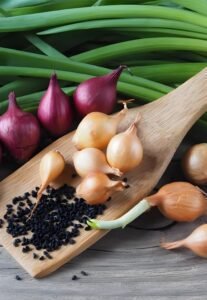
Suggested use
Onions are usually used cut or sliced in most types of foods, such as cooked foods or some salads. The taste of onions varies, as they are sharp and hot with a strong flavour, or sweet and have a moderate flavour.
In some areas, pickled onions are eaten as a snack.
In Morocco, it is considered a medicine for fainting.
The cortex is transparent and contains a single layer of cells that are easy to see under a microscope. Therefore, it is used in biology classes to teach students the shape and composition of cells.
Suitable planting time
Mid-spring.
additional information
- Plant age
70_120 days
- Plant height
Up to 30 cm (1 ft.)
- Flowering stage
At the end of the vegetative growing season, a spike (false stem) emerges from it, bearing at the end an inflorescence consisting of several star-shaped flowers that are white in color.
- Fruiting stage
5 months



